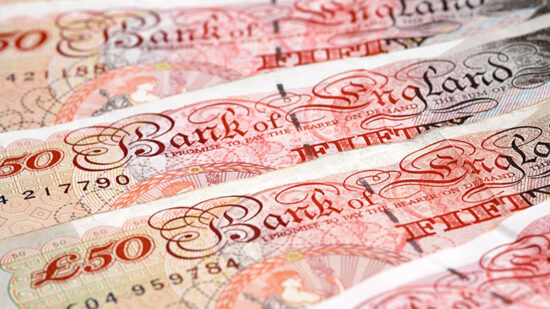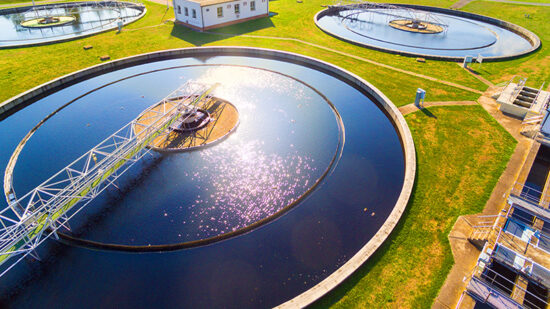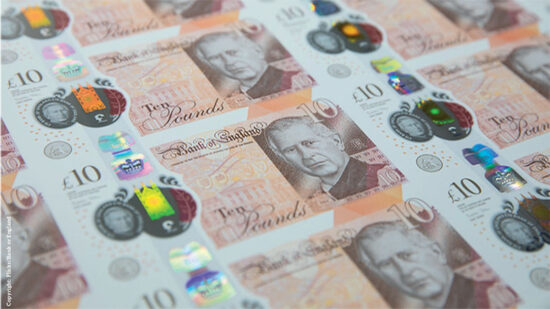The report forecasts a further 6% increase in industry assets during 2011/2012, but highlights numerous stresses currently weighing on the global banking system.
TheCityUK is a London-based trade organisation created in 2010 to promote London’s financial services industry. It is headed by Chris Cummings, the former director general of the Association of Independent Financial Advisers.
Geoff Cook, chief executive of Jersey Finance, which is Jersey’s financial services industry association and has a similar remit to TheCityUK’s, said the report highlighted the fact that “we are part of a global banking industry”, which has slimmed down over the last couple of years as it tries to meet new capital rules, support SMEs in most European economies during a time of austerity, and deliver a return for their shareholders.
“This is all very challenging,” he added, in an analysis of the report’s findings on the Jersey Finance website.
“That said, it is encouraging that Lloyds TSB this morning announced a trading profit in the first three months of the year, and has paid off nearly half of its loans to the UK Government.
“Encouraging too is the rise in banking activity in emerging markets, boosting the top 1,000 banks asset book to $101trn, and leading the recovery prospects for the global economy, according to the recent IMF world economic outlook, which predicts that growth is returning, but risks remain.”
European banks in a particular have a long way to go in deleveraging, he noted, and are inextricably bound up in the Eurozone sovereign debt issues, which will continue to be a brake on growth for some time to come.
Other findings of the report, which may be downloaded by clicking here from TheCityUK’s website:
- UK banks have improved their capital and funding positions and are in a better position than banks in other large European countries. Banking sector assets in the UK were up 3% to a record £8.1trn in 2011, although profitability declined by approximately 10% during the year.
- The UK has the second-largest banking sector assets in the world after the US. Foreign banks hold 48% of total assets, a higher proportion than in most other large countries.
- By 2050, China will replace the US as the country with the largest banking sector assets; the US will fall to second place, followed by India, which has just a 1% share of the global total now (see table, below).
- The UK is "the leading centre for international banking", and its 18% share of cross-border bank lending in September 2011 was the largest in the world.
- The number of foreign banks physically located in the UK in 2011, at 251, is more than in any other centre.
- Britain’s banking sector has less exposure to the troubled eurozone than other countries. Direct exposure to vulnerable sovereign debt in Greece, Portugal, Italy, Spain and Ireland for the sector totalled around £15bn at the end of the third quarter of 2011, less than a quarter of France or Germany’s exposure.
- Global investment banking fee revenue totalled $70.3bn in 2011, down slightly on 2010, as deal activity and trading volumes slowed in the latter part of the year. The $15.7bn fee revenue generated in the first quarter of 2012 was down a fifth on the same period in 2011.
- In Europe, the increase in sovereign risk in some countries and concerns about government debt levels have spilled over into the banking system, raising the cost of borrowing for many banks and depressing their market capitalisation.
|
Country |
2010 |
2050 (est) |
|
China
|
10.2%
|
22.9%
|
|
US
|
13.3%
|
14.8%
|
|
India
|
1.0%
|
12.2%
|
|
Japan
|
10.4%
|
3.8%
|
|
Brazil
|
1.6%
|
3.4%
|
|
UK
|
11.7%
|
2.9%
|
|
Germany
|
4.9%
|
2.7%
|
|
France
|
8.7%
|
2.5%
|
|
Russia
|
0.7%
|
2.2%
|
Source: PricewaterhouseCoopers, IMF, TheCityUK








